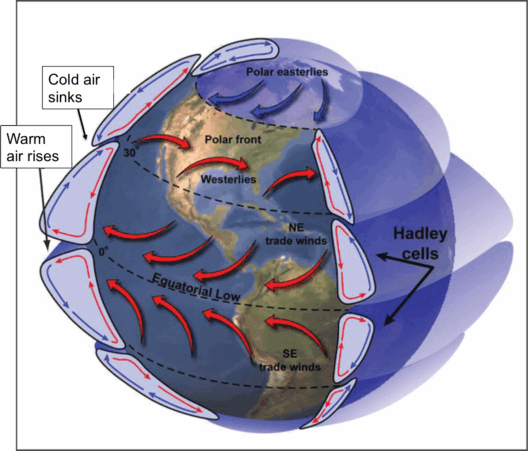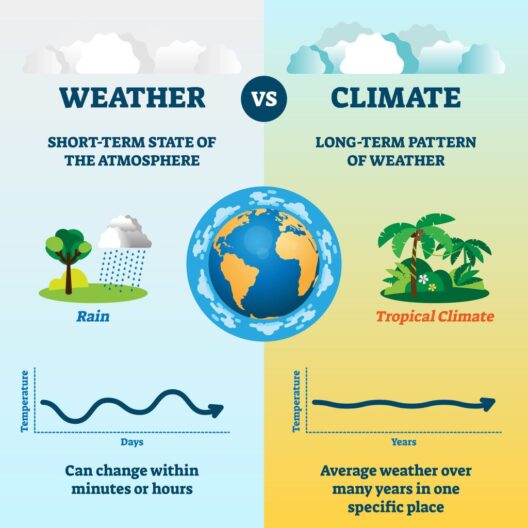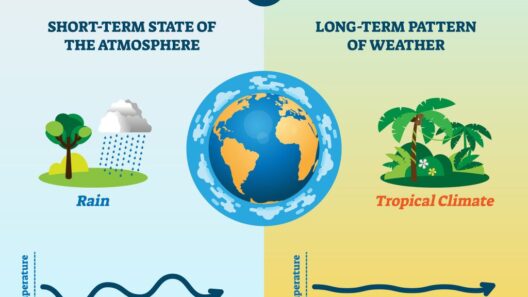The question of whether one person can make a difference in the climate crisis is often met with skepticism. In a world where large corporations and governments wield significant power in the implementation of policies and technologies, individuals may feel their actions are inconsequential. However, history has shown time and again that collective small actions, when aggregated, can lead to substantial change. This article explores various avenues through which one person can indeed make a notable impact on the climate crisis.
1. Understanding the Individual’s Role
Each person’s daily choices contribute to the larger systemic issues affecting the climate. From the food we consume to the energy we use, individual behaviors reverberate throughout the economy and society. Embracing a consciousness about one’s own carbon footprint can be transformative and serves as the first step toward making a positive impact.
2. Consumption Choices
The concept of ethical consumerism has gained traction in recent years, encouraging individuals to make conscientious purchasing decisions. Opting for locally-sourced, organic, and seasonal foods not only reduces carbon emissions associated with transportation but supports local farmers and economies. Furthermore, reducing meat consumption, particularly red meat, can significantly mitigate greenhouse gas emissions. Choosing plant-based alternatives or even committing to “Meatless Mondays” represent tangible steps individuals can take.
Additionally, selecting products with minimal packaging or those made from recycled materials can lessen the demand for new resources, thereby curbing waste and pollution. Individuals wield immense power through their wallets; thus, supporting environmentally-friendly brands contributes to a broader cultural shift towards sustainability.
3. Energy Consumption
The energy consumed in homes is a substantial contributor to carbon emissions. Simple measures, such as switching to energy-efficient appliances, utilizing LED light bulbs, and improving home insulation, can drastically reduce one’s carbon footprint. Individuals can also advocate for renewable energy options, such as solar or wind power, in their communities. Transitioning to a renewable energy plan is not only beneficial for the planet, but it can also serve as a model for neighbors and businesses alike.
4. Transportation Alternatives
Transportation is another significant source of greenhouse gas emissions. Individuals can adopt eco-friendly modes of transport, such as cycling, walking, or utilizing public transit instead of driving. Many cities are increasingly investing in infrastructure that supports these alternatives, making them more accessible. Carpooling and ridesharing can further decrease emissions from single-occupancy vehicles.
For those who require a vehicle, considering an electric or hybrid model can be an effective way to reduce reliance on fossil fuels. The proliferation of charging stations has made electric vehicles more practical, prompting wider adoption and further spurring innovation in the sector.
5. Advocacy and Education
One of the most powerful tools an individual possesses is the ability to influence others through advocacy. Engaging in conversations with friends, family, and colleagues about climate issues raises awareness and encourages collective action. Social media platforms can be effective for sharing educational resources and organizing community efforts, such as clean-up events, tree-planting campaigns, or climate awareness marches.
Furthermore, educating oneself about climate science and effective activism strategies is crucial. Participation in workshops, lectures, or online courses can enhance an individual’s capacity to debate, discuss, and mobilize around pressing environmental issues. Knowledge equips people not only to act but to inspire others to join the cause.
6. Political Engagement
Political action is integral to addressing the climate crisis. Citizens can advocate for policies that prioritize environmental sustainability by reaching out to elected officials, participating in town hall meetings, or joining advocacy groups. Voting for candidates who prioritize climate policy in their platforms amplifies the message that the electorate values environmental protection. Engaging in grassroots movements can create ripple effects that initiate change from the bottom up.
7. Volunteering and Community Involvement
Engagement with local environmental organizations can provide vital support to broader initiatives. Volunteering for non-profit organizations focused on habitat restoration, environmental education, or climate justice fosters a sense of community and shared purpose. By lending time and skills, individuals become integral parts of networks dedicated to combatting climate challenges at the community level.
8. Lifestyle Habits and Personal Mindset
Adopting a sustainable lifestyle is not solely about making external changes; it also encompasses internal transformations. Developing a mindset rooted in sustainability involves being proactive about reducing waste, recycling, and avoiding single-use plastics. Simple practices, such as carrying reusable bags, bottles, and utensils, can lead to significant reductions in one’s ecological footprint. A holistic approach to sustainability emphasizes the interconnectedness of individuals with the environment, cultivating a sense of stewardship and accountability.
Conclusion
In conclusion, the belief that one person cannot make a difference in the climate crisis is a misconception. Each action, however small, contributes to a larger movement towards sustainable practices that can collectively shift societal norms and policies. By making informed choices, advocating for change, and engaging with others in their communities, individuals possess the power to effect tangible results. The urgent need for climate action calls for every person to embrace their potential, reaffirming that indeed, one person can make a difference—together, many can change the world.





